First JWST images excite and relieve astronomers
Original Publication Date: 2022-07-12 22:49
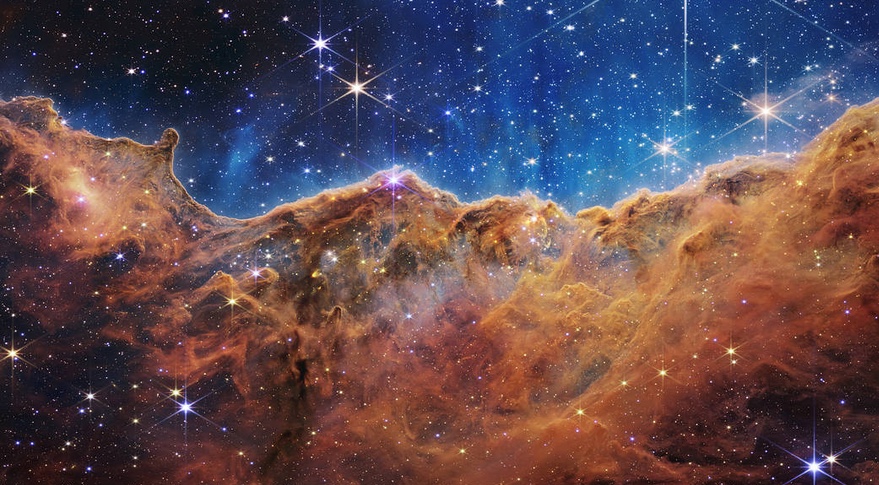
NASA releases first science observations from the James Webb Space Telescope. Observations include images of the Carina Nebula, a star-forming region previously observed in lower resolution by the Hubble Space Telescope. Scientists stunned by the quality of the initial observations, demonstrating that the telescope was performing better than specified.
OneWeb backs up Starlink 5G interference warning
Original Publication Date: 2022-07-12 20:46
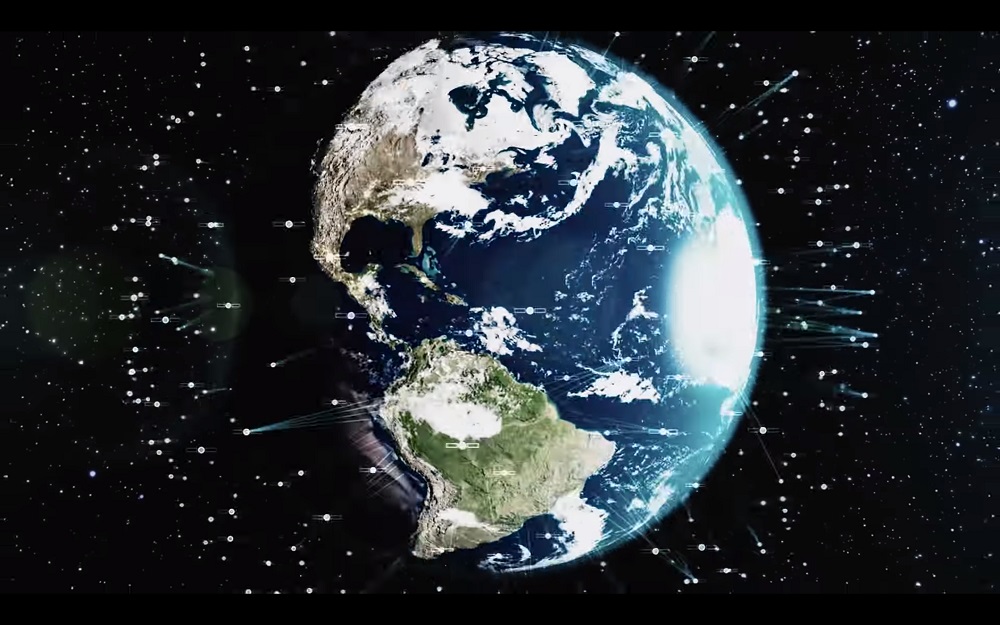
OneWeb says plans to use 12 GHz band for terrestrial 5G would severely disrupt NGSO broadband. OneWeb urged the regulator to reject a request from Dish Network and RS Access. To connect user terminals, the SpaceX-owned Starlink and OneWeb megaconstellations use a satellite downlink band.
China to target near-Earth object 2020 PN1 for asteroid deflection mission
Original Publication Date: 2022-07-12 12:12
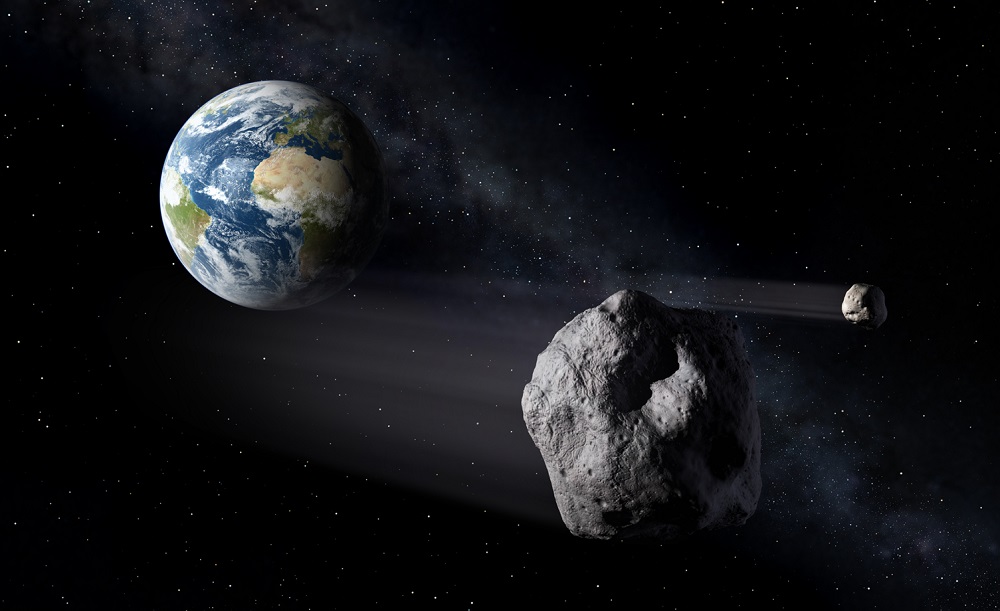
China has set its sights on near-Earth object 202 PN1 as the target for a combined asteroid deflection and observation test mission. The mission will include a separate impactor and orbiter. The former will impact near-Earth object 2020 PN1 with the latter spacecraft making observations.
Rogozin removed as head of Roscosmos as seat barter agreement signed
Original Publication Date: 2022-07-15 16:46
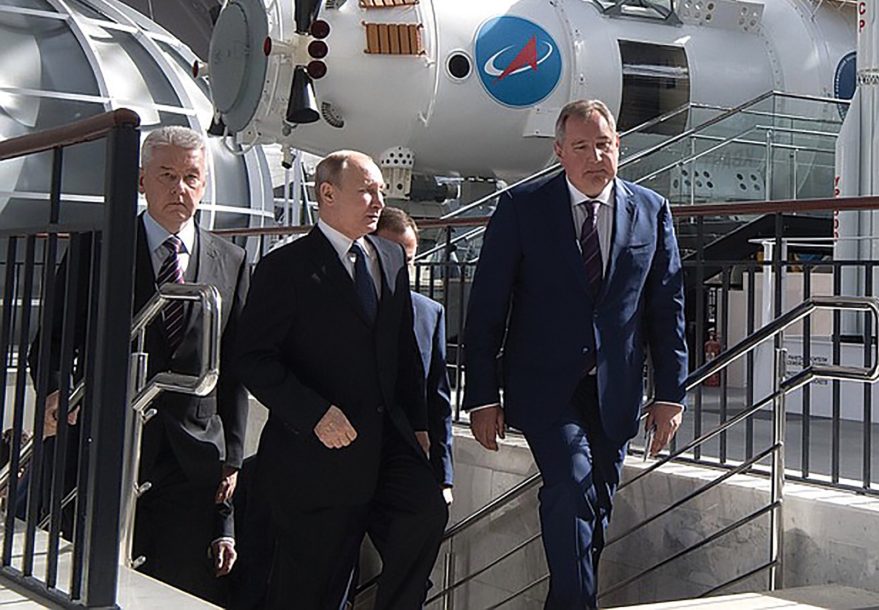
Kremlin dismisses Dmitry Rogozin as head of space agency Roscosmos. Agency and NASA sign agreement to exchange seats on flights to the International Space Station. Yuri Borisov, deputy prime minister of Russia, appointed as Rogozin’s successor. Sources say Rogozin was “in favor” with Putin, who was “remarkably friendly’
Virgin Galactic selects Arizona for spaceplane manufacturing facility
Original Publication Date: 2022-07-15 11:34
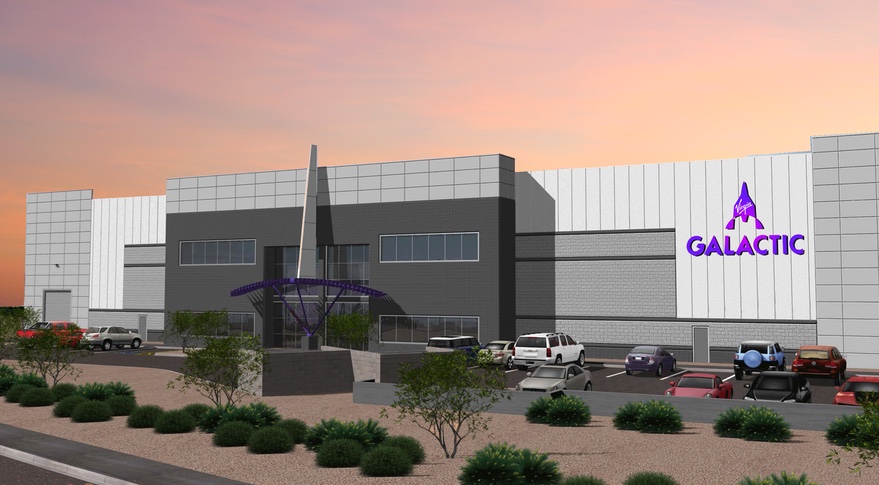
Virgin Galactic says it has started work on a new factory in Mesa, Arizona. The factory will perform final assembly of new Delta-class spaceplanes. The facility is scheduled to be fully operational by late 2023. The first of those spaceplanes will start flying private astronauts in 2026.
We want to hear from you
Original Publication Date: 2022-07-15 09:19

SpaceNews is conducting a reader survey to learn more about our audience and your expectations. The survey is open to readers in the U.S. And Canada. To participate in the survey, visit SpaceNews.com/survey and follow us on Twitter @SpaceNews.
SpaceX launches cargo Dragon mission to ISS
Original Publication Date: 2022-07-15 02:26
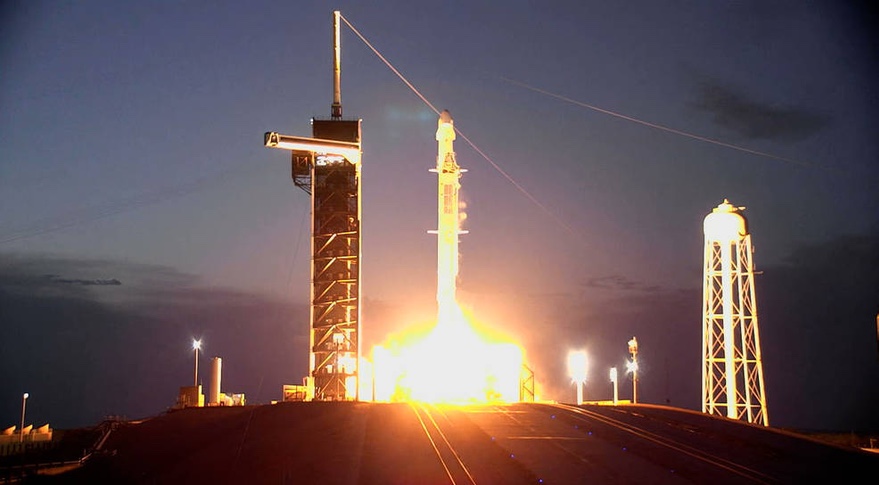
A SpaceX cargo Dragon spacecraft is on its way to the International Space Station. The July 14 launch was delayed more than a month by a hydrazine leak on the spacecraft. The spacecraft is scheduled to dock with the station at about 11:20 a.m. Eastern July 16.
SpaceX ready to launch space station resupply mission after five-week delay – Spaceflight Now
Original Publication Date: 2022-07-14 00:00
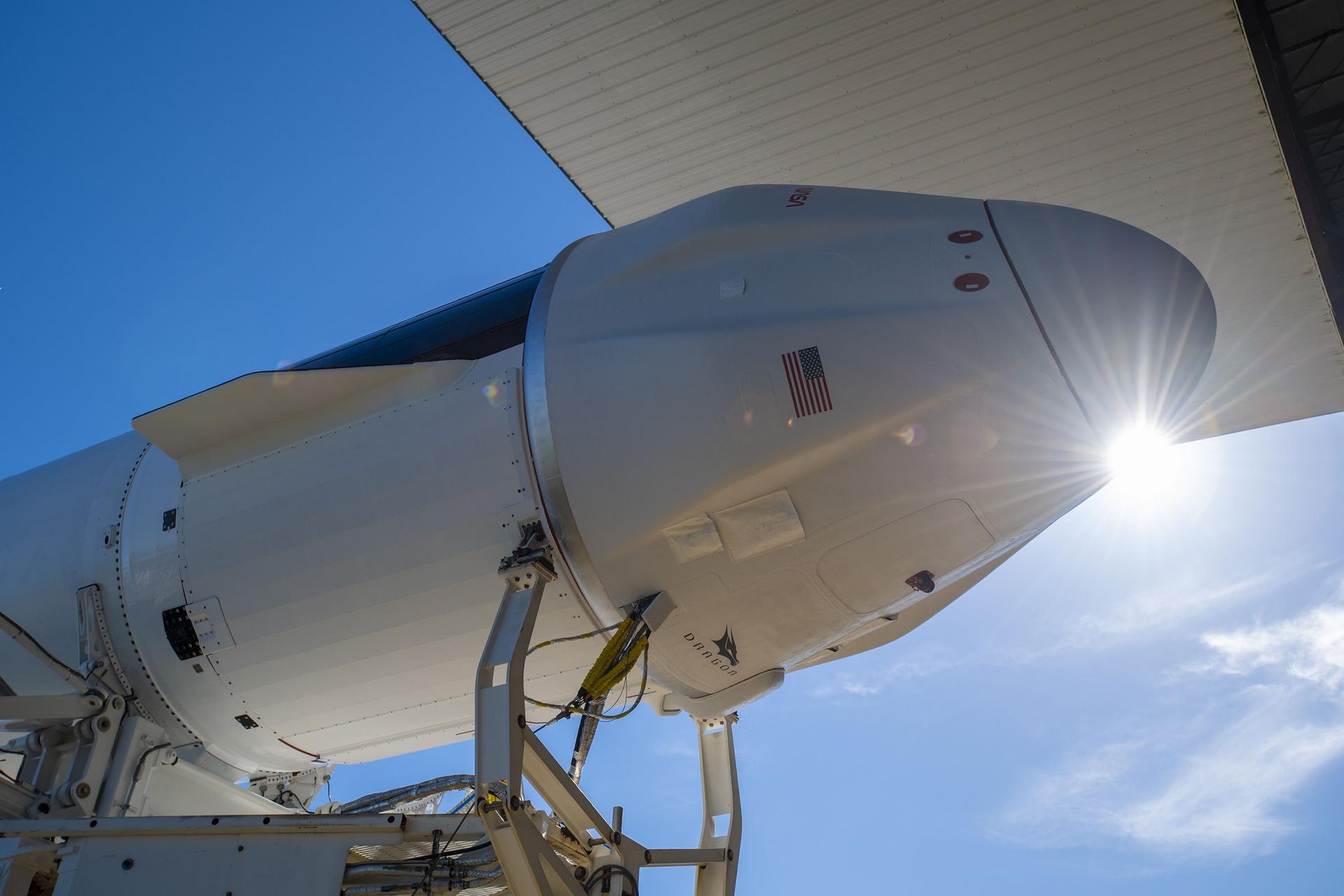
SpaceX is set to launch its 25th resupply mission to the International Space Station Thursday night. The mission is the 25th flight to the space station under SpaceX’s Commercial Resupply Services contract with NASA. This flight, named CRS-25, was scheduled for launch in early June, but officials grounded the Dragon spacecraft after finding a leak.
China launches Tianlian data relay satellite – Spaceflight Now
Original Publication Date: 2022-07-13 00:00
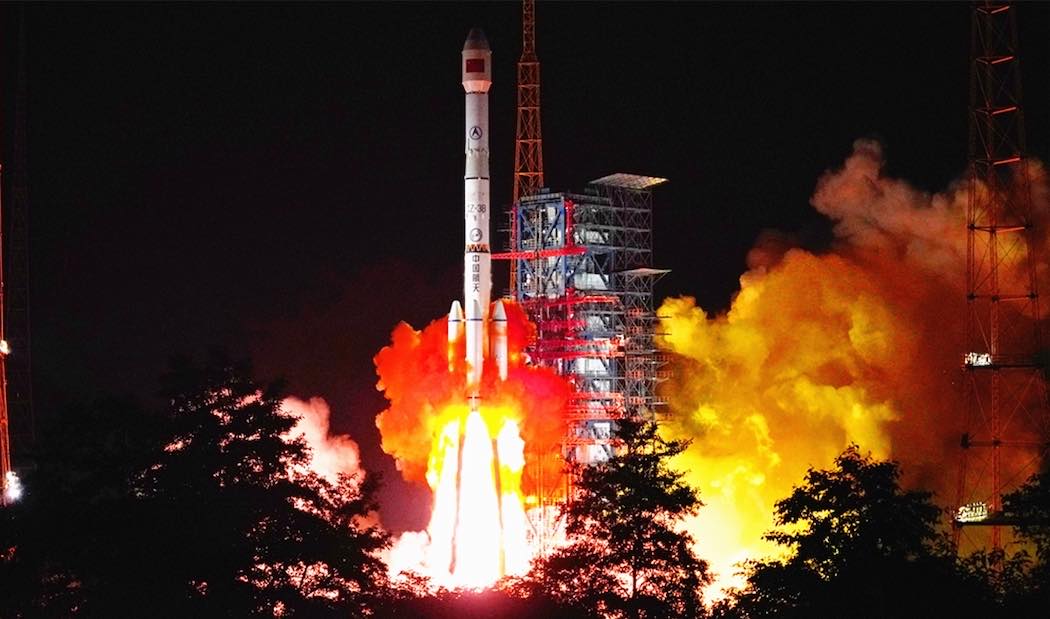
China launched the eighth satellite for its Tianlian data relay network in geostationary orbit. The launch occurred at 12:30 a.m. Beijing time Wednesday, according to the China Aerospace Science and Technology Corp. The Tianlian 2-03 satellite was tracked in an orbit inclined 27.2 degrees to the equator.
Europe’s Vega-C launcher successful on inaugural flight – Spaceflight Now
Original Publication Date: 2022-07-13 00:00
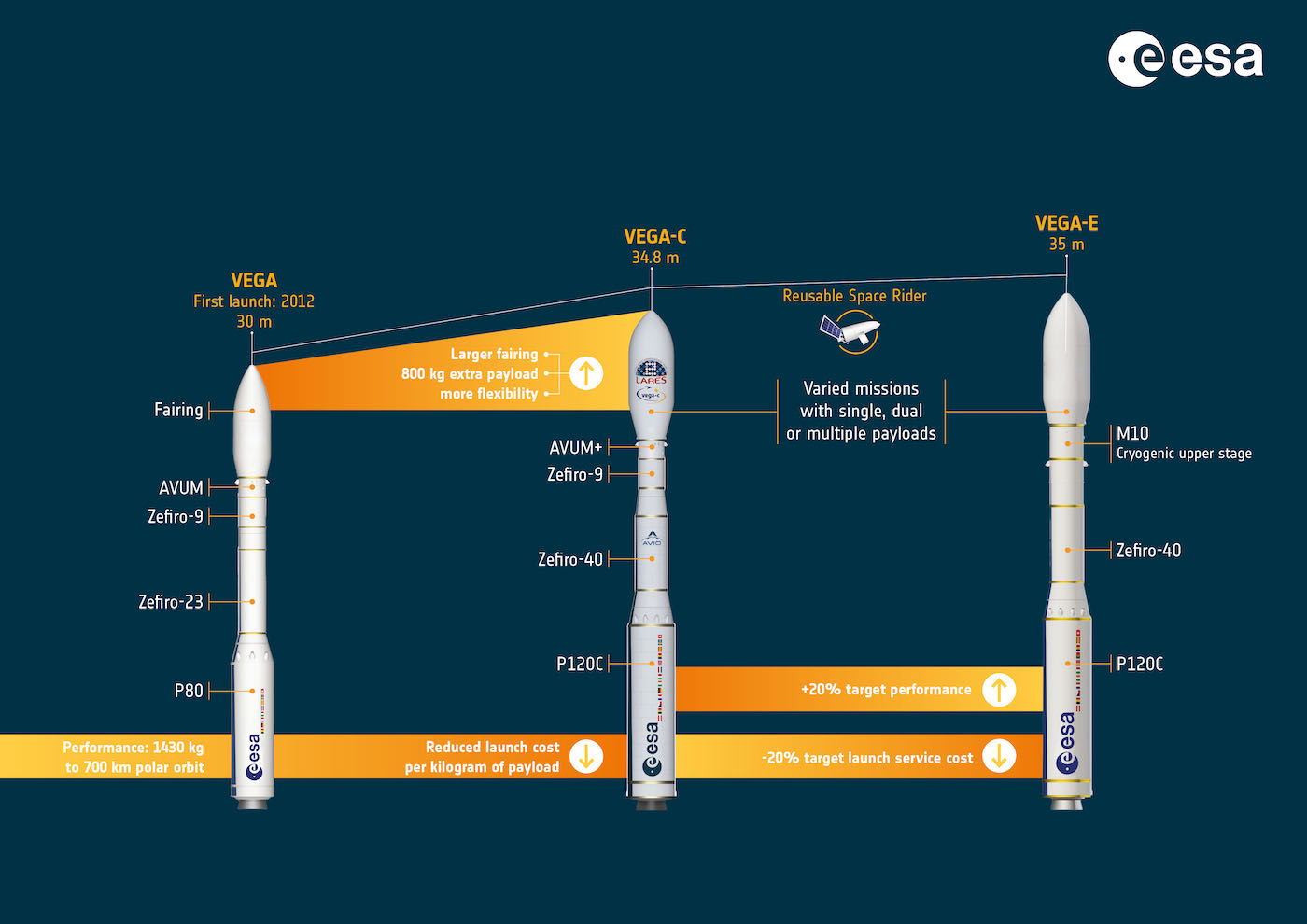
Vega-C is Europe's first new rocket since its launch in 2012. The first flight carried an Italian research satellite into orbit to perform tests of general relativity. Vega-C features a new, more powerful first stage, P120C, based on Vega’s P80. The new launcher configuration delivers a significant improvement in launch system flexibility.
Rocket Lab launches first of two back-to-back missions for NRO – Spaceflight Now
Original Publication Date: 2022-07-13 00:00

Rocket Lab launches classified payload into orbit from New Zealand. First of two back-to-back Rocket Lab missions for U.S. Government's spy satellite agency. Rocket Lab aims to improve on that record with another NRO launch from Pad B scheduled July 22. Rocket Lab launched the first mission from Pad B at Launch Complex 1 in February.
Live coverage: Upgraded Vega rocket launches on inaugural flight – Spaceflight Now
Original Publication Date: 2022-07-13 00:00
Arianespace’s live video webcast begins at approximately 1045 GMT (6:45 a.m. EDT), and will be available on this page. Arianespace will launch a Vega-C rocket with the Italian Space Agency’s LARES 2 satellite for experimental physics research.
Live coverage: Rocket Lab launches NRO mission – Spaceflight Now
Original Publication Date: 2022-07-13 00:00
Rocket Lab Electron rocket to launch from Launch Complex 1A on Mahia Peninsula in New Zealand on a satellite delivery mission for the National Reconnaissance Office. Rocket Lab’s live video webcast begins approximately 20 minutes prior to launch, and will be available on this page.
NASASpaceFlight.com
India launches its 55th Polar Satellite Launch Vehicle (PSLV) on June 30, 2022. The launch carried nine payloads to a low Earth orbit (LEO) These included POEM, to demonstrate using the fourth stage as a hosted payload bus. This launch was the second orbital launch for India in 2022.
Commercial Archives
SpaceX launched its 25th commercial resupply services (CRS) mission for the International Space Station (ISS) on a flight-proven Falcon 9 while also utilizing a flight-proven Cargo Dragon 2 spacecraft. CRS-25 was the third Dragon mission, SpaceX’s second CRS mission, and the overall 30th launch of the year.
International Archives
NASA, the European Space Agency (ESA), and the Canadian Space Agency (CSA) have released the first set of full-color images taken by the James Webb Space Telescope. A total of five images were released, with the first image being unveiled by United States President Joe Biden and Vice President Kamala Harris at the White House on July 11. The five targets of the images were the Carina Nebula, WASP-96b, the Southern Ring Nebula, Stephan’s Quintet, and SMACS 0723.
Chinese Long March 3B Launches APStar-6C Communications Satellite – Spaceflight101

China conducted a rare commercial launch of a Long March 3B rocket with the APStar-6C communications satellite for APT Satellite Holdings. Long March 3B lifted off from the Xichang Satellite Launch Center at 16:06 UTC on a mission of under half an hour to lift the spacecraft into an elliptical Geostationary Transfer Orbit. Confirmation of launch success was provided by APT Satellite around 40 minutes after liftoff when the satellite had been separated into its target orbit.
Blue Origin’s New Shepard Reaches new Heights in latest Test Flight – Spaceflight101

Blue Origin's reusable New Shepard launch system reached a new altitude of 107 Kilometers on Sunday. Sunday’s mission was the eighth in Blue Origin’s New Shepard flight test program. New Shepard 1 and 2 provided Blue Origin with a number of important lessons regarding the operational aspects of their missions as well as the re-usability elements of the craft.
ISS Updates – Spaceflight101 – International Space Station

A veteran NASA spacewalker and an EVA rookie from Japan ended their week with nearly six hours of work outside the International Space Station. The restoration of the Station’s Mobile Servicing System started last year and continued in January to provide Canadarm2 with a new pair of grappling hands.
NASA, SpaceX Launch Climate Science Research, More to Space Station

Microgravity causes changes in human immune cells that happen faster than the actual process of aging on Earth. Cell-free technology could provide a simple, portable, and low-cost tool for medical diagnostics, on-demand production of medicine and vaccines, and environmental monitoring on future space missions.
NASA’s New Mineral Dust Detector Readies for Launch

EMIT will identify composition of mineral dust from Earth’s arid regions. Desert regions produce most of the mineral dust that makes its way into the atmosphere. From its perch on the space station, EMIT will map the world’s mineral dust source regions.
NASA Reveals Webb Telescope’s First Images of Unseen Universe
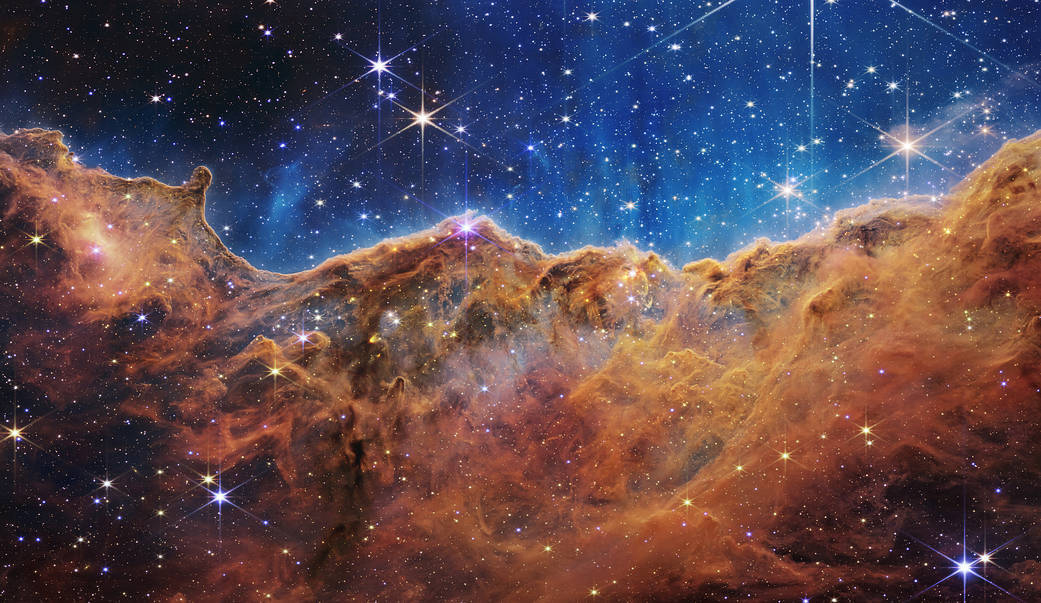
The James Webb Space Telescope has released its first full-color images and spectroscopic data. The images reveal a collection of cosmic features elusive until now. "This is a singular and historic moment," Said Thomas Zurbuchen, associate administrator for NASA’s Science Mission Directorate.
President Biden Reveals First Image From NASA’s Webb Telescope

President Joe Biden released the first full-color image from NASA’s James Webb Space Telescope Monday during a public event at the White House in Washington. “These images are going to remind the world that America can do big things, and remind the American people – especially our children – that there’s nothing beyond our capacity,” said President Biden.
NASA’s Perseverance Scouts Mars Sample Return Campaign Landing Sites

The MSR team calls the area they’ve been looking at the “landing strip” because – at least from images taken from spacecraft in orbit – it appears to be as flat and long as a runway. “We had been eyeing these locations since before Perseverance’s landing, but imagery from orbit can only tell you so much,” said Al Chen, Mars Sample Return Systems Engineering & Integration manager.
NASA Shares List of Cosmic Targets for Webb Telescope’s First Images

The James Webb Space Telescope will release its first full-color images and spectroscopic data on July 12. The images will be released in a live broadcast beginning at 10:30 a.m. EDT. The images will also be made available on social media as well as on the agency's website.
NASA Highlights Climate Research on Cargo Launch, Sets Coverage
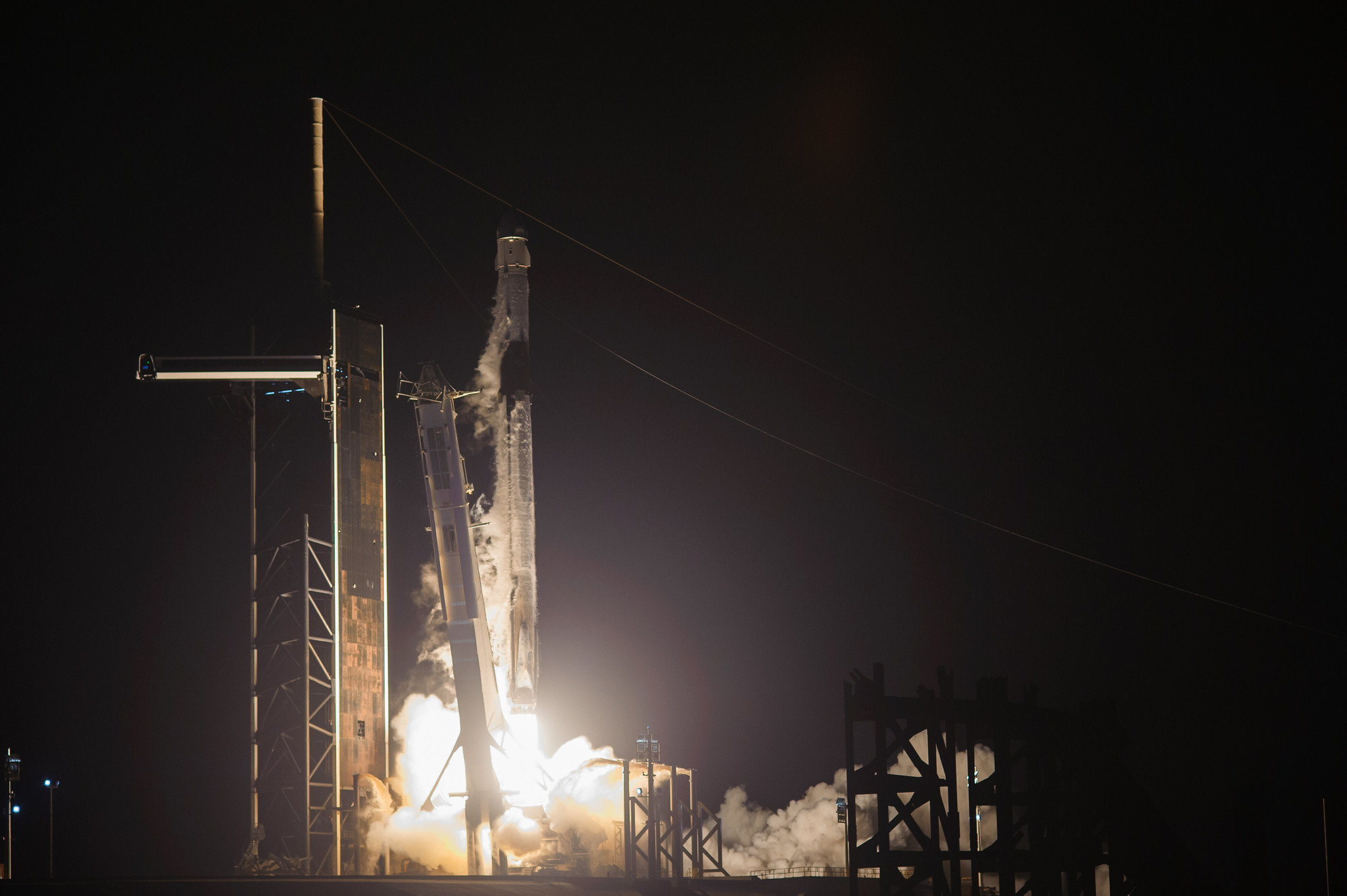
Dragon is scheduled to dock at 11:20 a.m. EDT on Saturday, July 16. Dragon will dock autonomously to the forward-facing port of the station’s Harmony module. The spacecraft is expected to spend about a month attached to the orbiting outpost before it returns to Earth.
